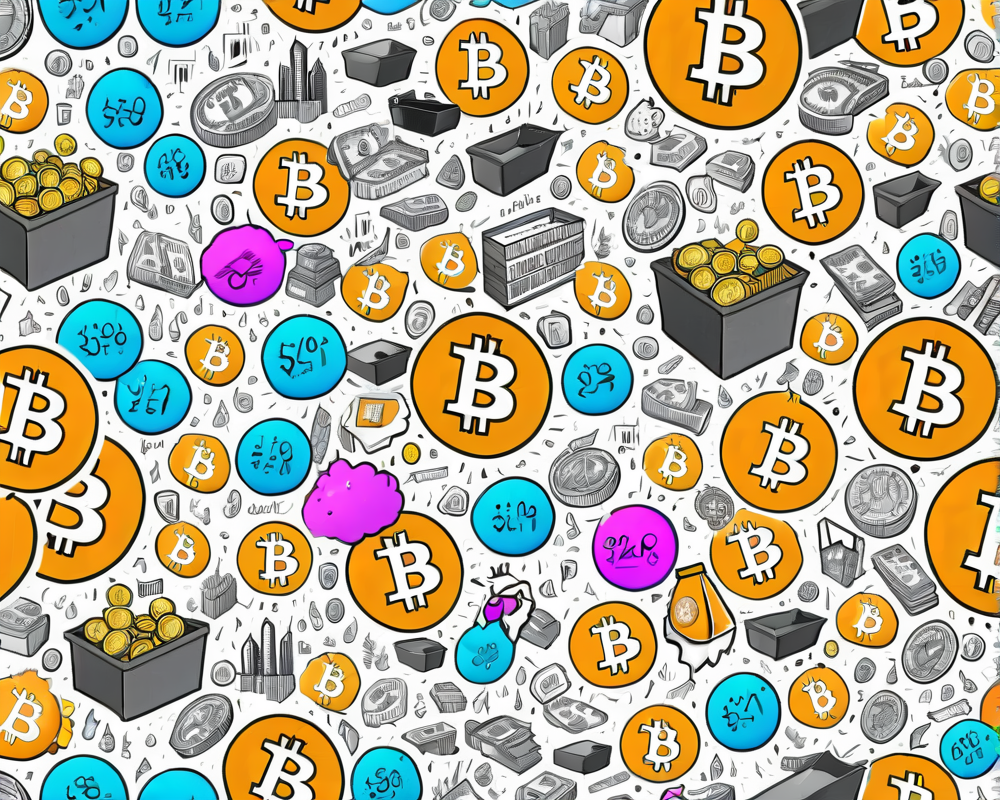MEV-Boost Relays: The New Backbone of Ethereum Validation
In the odd world of Ethereum, where virtual coins swim around like goldfish in a shimmering pond, an intriguing trend has surfaced: about 45% of Ethereum blocks are currently validated through MEV-Boost relays. That’s right. These relays, a hotspot for Maximal Extractable Value (MEV) extraction, are becoming the common way to vet blocks, but there’s a twist—many of them are complying with U.S. sanctions.
The Rising Tides of Compliance
Lachan Feeney, CEO of Labrys, recently spilled some blockchain tea in an interview. While prior assessments suggested that around 25% of blocks were adhering to U.S. sanctions post-Merge, Feeney claims that figure has ballooned to nearly half. This backyard growth speaks volumes about how those at the top of the blockchain food chain are legitimizing their operations, or perhaps, bowing to the government.
The Censorship Conundrum
Feeney’s revelations raise eyebrows about the centralization of power within the blockchain realm. Picture this: validators are incentivized to use these MEV-Boost relays because they are like the prize-winning lottery ticket; the higher the bid to build a block, the more bang for their buck. Imagine coming across a sign that says, “You can make more money here!” It’s a no-brainer for them.
- Validators can squeeze extra yields by jumping on the MEV-Boost train.
- Not all transactions make it to the blockchain, especially if they come from Tornado Cash, a service often perceived as shadier than a midnight rendezvous.
The Rise of MEV Watch Tools
Stepping in to throw some shade on this situation, Labrys introduced the MEV Watch tool. Feeney described it as a lighthouse guiding lost ships through stormy seas. This tool aims to inform validators on the MEV-Boost relays that toe the line with OFAC sanctions. It’s all about increasing awareness, folks—because who wants to be a silent participant in a censorship opera?
The Fear of Hard Censorship
Feeney painted a grim picture of what hard censorship could look like. Imagine a scenario where the regulatory hammer crashes down, forcing nodes to abandon transactions from sanctioned entities like a hot potato. In that kind of scenario, no amount of fees would secure a ticket for these transactions to board the blockchain train.
“That would mean no matter how long you waited, no matter how much you paid, you would never get to a point where those sanctioned transactions would get included in the blockchain,” Feeney warned.
A Soft Landing or an Icy Descent
Soft censorship might feel like a gentler fall, but it still isn’t quite a picnic either. Who has hours to spare to see if their transaction sails through the storm? Throwing in hefty priority fees to slip through the queue isn’t exactly a user-friendly approach, is it? As Ethereum researcher Toni Wahrstätter highlighted in his recent study, none of the 19,436 blocks verified by the Flashbots MEV-Boost Relay included Tornado Cash transactions, emphasizing these fears aren’t just paranoia.
Consolidation Among Giants
As discussions about censorship swirl, there are worries that only larger entities will dominate the validator landscape. Coby Moran from Merkle Science grill-pressed the point that the sky-high costs of becoming a validator mean smaller players are getting pushed out. Larger firms—which may have to answer to government scrutiny—now hold more sway, raising the risk of unnecessary bias and censorship in future block validations.
In summary, while MEV-Boost relays are popping up like daisies in a field, Ethereum users should keep an eye on the blockchain horizon. It’s not just a matter of blocks and chains anymore; it’s about navigating the rugged cliffs of censorship and compliance.




